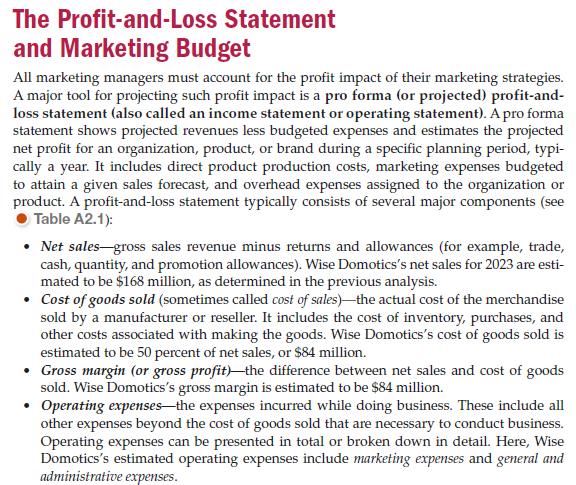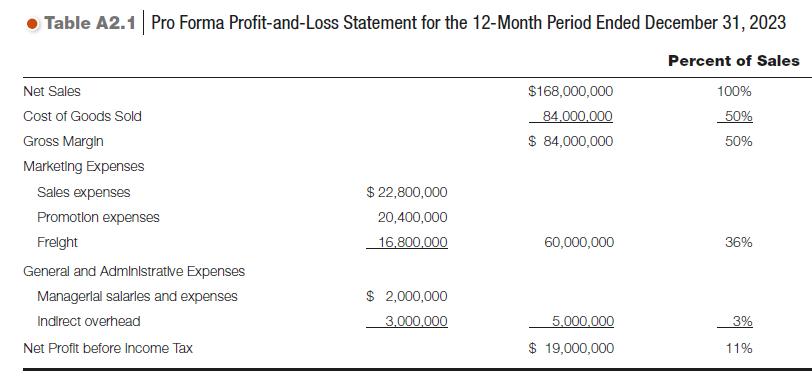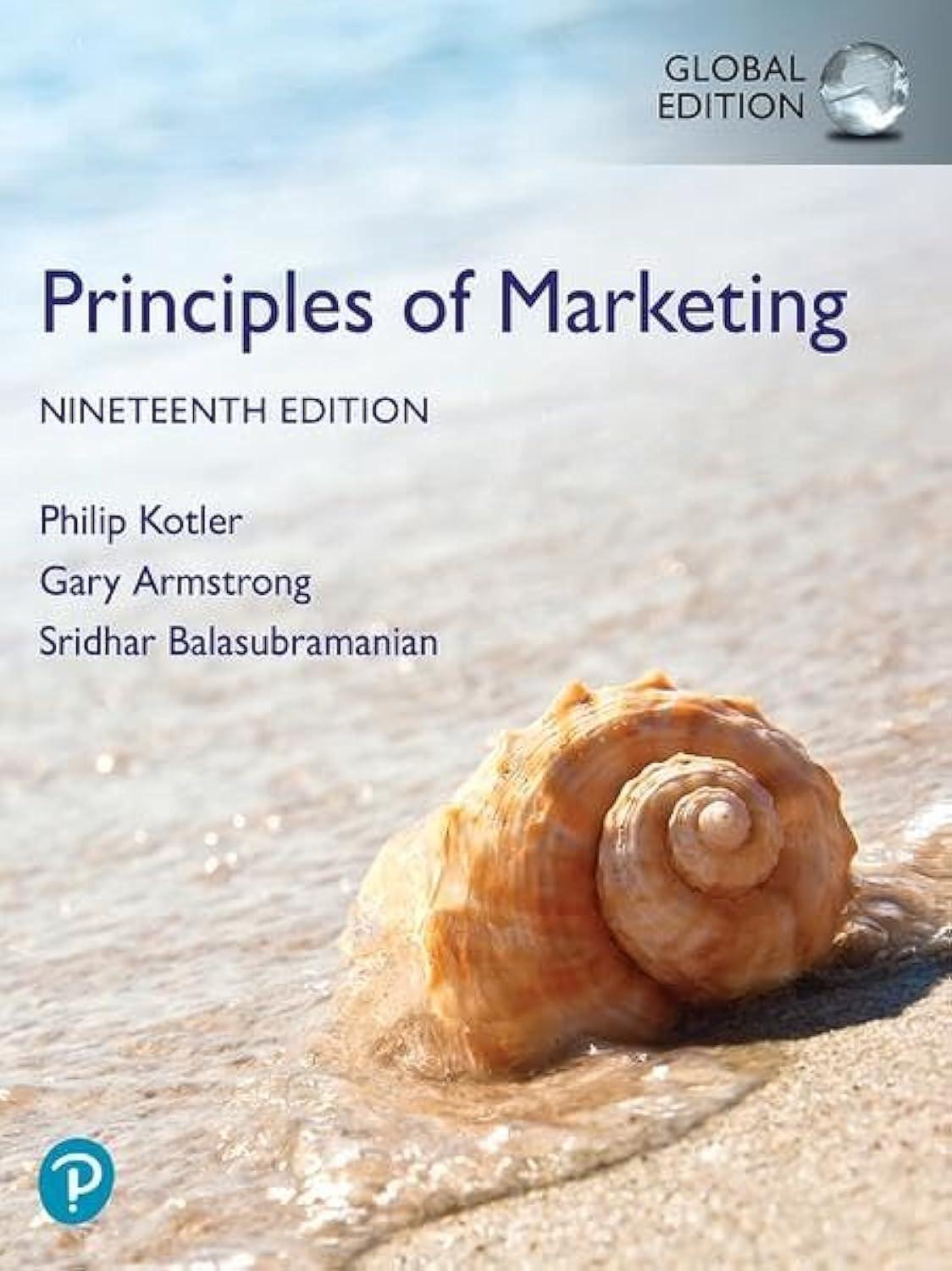MyEye 2.0 is a thumb drive-sized device that weighs less than an ounce and attaches magnetically to
Question:
MyEye 2.0 is a thumb drive-sized device that weighs less than an ounce and attaches magnetically to the stem of almost any pair of glasses. It helps people with impaired vision to "see." It recognizes paper money dominations, faces based on stored images, surroundings, and almost anything else to which the user points a finger. MyEye 2.0 can read a menu or package label and softly tell the wearer what is being served for dinner via a small speaker near the user's ear. To almost 8 million visually impaired Americans and 253 million visually impaired people worldwide, this could be a game-changer. However, for many, the $4,500 price tag makes the product unattainable. By contrast, many smartphones equipped with Al technology have apps that can do many of the same things as MyEye 2.0, although they are not wearable. Some analysts believe this wearability does not add enough value to justify MyEye 2.0's high price, especially considering that some 58 percent of U.S. adults with significant vision impairment are unemployed and that percentage is likely higher worldwide. Apple's iPhone 13 series-with Face ID, Siri, and its other Al sensors and camera, speaker, and app capabilities- can do many of the things MyEye 2.0 can do. It carries a price tag of $1,500 with the estimated cost of goods sold (COGS) of $360. In contrast, MyEye 2.0's COGS is estimated at $200 per device.
Calculate the gross margin dollars and percentage for the MyEye 2.0 and the iPhone 13. Refer to The Profit-and-Loss Statement and Marketing Budget in Appendix 2: Marketing by the Numbers to learn how to calculate gross margins.
Data from appendix 2


Step by Step Answer:






